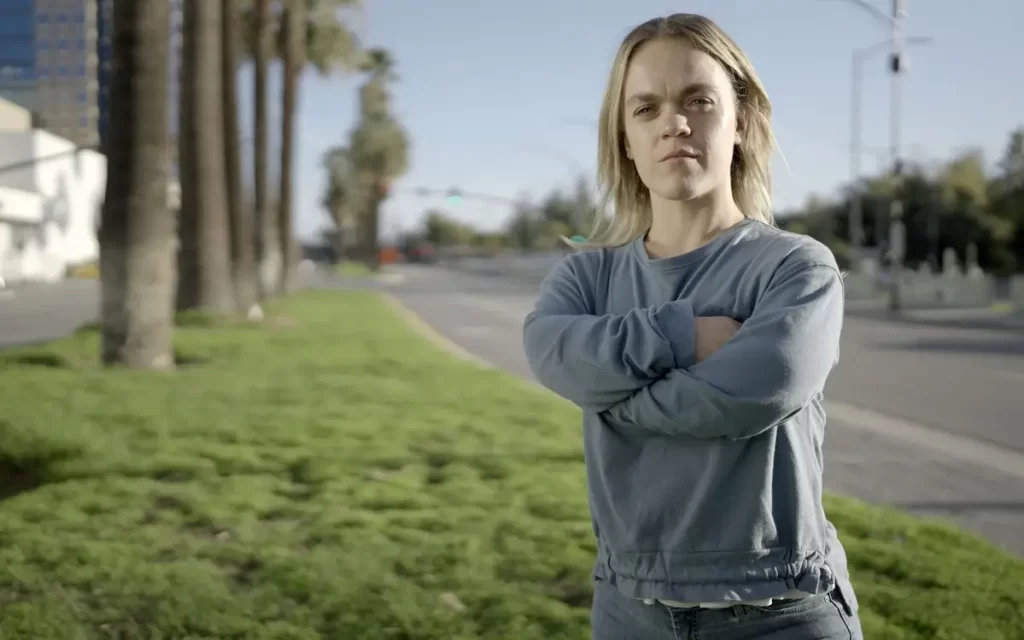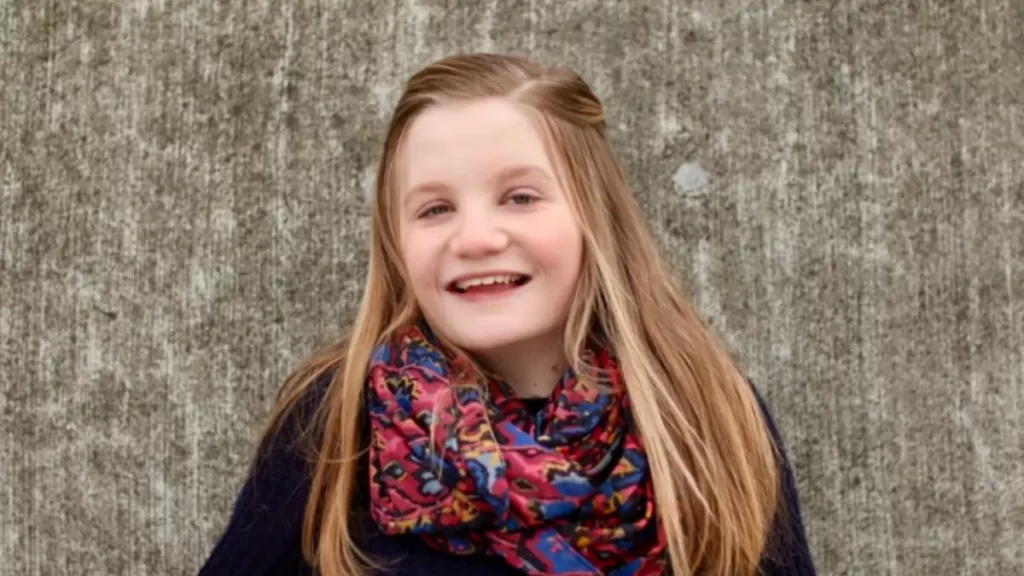Arthritis Symptoms and causes
Arthritis Symptoms and causes: An inflammation and pain in the joint are common symptoms of arthritis. Millions of people in the UK suffer from rheumatoid arthritis or other comparable disorders that affect the joints.

People of all ages, including children, can develop arthritis.
Types of arthritis
The two most prevalent kinds of arthritis are osteoarthritis and rheumatoid arthritis.
Osteoarthritis
The most prevalent kind of arthritis in the UK is osteoarthritis. Most frequently, it strikes those in their mid-40s or older.
In addition, women and those with a family history of the illness are more likely to experience it.
Yet, it can happen at any age as a result of an accident or be linked to other joint-related diseases like gout or rheumatoid arthritis.
The smooth cartilage that lines the joint is initially impacted by osteoarthritis. Movement becomes more challenging than usual as a result, resulting in discomfort and stiffness.
The tendons and ligaments must work harder when the cartilage lining begins to deteriorate and become rougher. Osteophytes, which are bone spurs, may occur as well as swelling.
Grave cartilage loss can cause the bones to rub against one another, changing the form of the joint and displacing the bones from their natural positions. The joints that are most frequently impacted are those in the:
- hands
- spine
- knees
- hips
Rheumatoid arthritis
Compared to osteoarthritis, rheumatoid arthritis is less frequent.
When someone is between 30 and 50 years old, it frequently begins. Women are more likely than men to be impacted.
The immune system of the body attacks the afflicted joints in rheumatoid arthritis, causing discomfort and swelling.
The first area to be impacted is the joint’s synovium, or outer coating. This may then spread throughout the joint, causing more swelling and a change in the form of the joint. The bone and cartilage could deteriorate as a result of this.
Rheumatoid arthritis patients may also experience complications with various body organs and tissues.
Other types of arthritis and related conditions
- Ankylosing spondylitis is a chronic inflammatory disease that primarily affects the spine’s bones, muscles, and ligaments, causing stiffness and the fusion of joints. The swelling of tendons, eyes, and big joints can also be an issue.
- Degenerative osteoarthritis, also known as cervical spondylosis, damages the neck’s joints and bones, which can cause discomfort and stiffness.
- Muscles, ligaments, and tendons in the body experience discomfort due to fibromyalgia.
- Lupus is an autoimmune disease that can harm various body tissues and organs.
- Gout is a form of arthritis brought on by an excess of the uric acid in the body. This can develop in any joint but is most frequently seen in the big toe. It produces severe discomfort, redness, and swelling.
- Enteropathic arthritis is a type of chronic inflammatory arthritis linked to inflammatory bowel disease (IBD), of which the two main varieties are ulcerative colitis and Crohn’s disease. Psoriatic arthritis is an inflammatory joint disorder that can afflict persons with psoriasis. Lower limb joints and the spine are the most often inflamed sites.
- Reactive arthritis may result in joint pain and swelling, itchy eyes, and excessive fatigue. It appears soon after a stomach, colon, or throat infection. Secondary arthritis is a kind of arthritis that can appear following a joint injury and occasionally does so several years later.
- Polymyalgia rheumatica is a syndrome where the immune system causes muscle pain and stiffness, typically across the shoulders and tops of the legs. It almost always affects adults over the age of 50. Joint inflammation can also result from it.
Symptoms of arthritis
There are numerous variations of arthritis. Depending on the type, you will have different symptoms. For the following reasons, getting a proper diagnosis is crucial:
- joint pain, tenderness and stiffness
- inflammation in and around the joints
- restricted movement of the joints
- warm red skin over the affected joint
- weakness and muscle wasting
Arthritis and children
Although arthritis is sometimes thought to affect older people, it can also affect younger people. Juvenile idiopathic arthritis is the name given to the majority of children arthritis types (JIA).
During at least six weeks, JIA produces discomfort and inflammation in one or more joints. Although the precise etiology of JIA is unknown, a child with the condition can lead a normal life because the symptoms frequently grow better as they age.
Oligo-articular JIA (oligoarthritis)
The most typical form of JIA is oligo-articular JIA. Up to four joints in the body can be affected, however the knees, ankles, and wrists are the most frequently affected. Oligo-articular JIA frequently resolves without resulting in permanent joint injury.
Nonetheless, there is a chance that children with the syndrome could develop visual issues, so routine eye exams with an ophthalmologist—a specialist in eye care—are advised.
Polyarticular JIA (polyarthritis)
The second most prevalent type of JIA is polyarticular JIA, also known as polyarthritis, which impacts five or more joints. Every child can be impacted, and it can either develop gradually or quickly. Adult rheumatoid arthritis symptoms and polyarticular JIA symptoms are similar.
A youngster who has the illness may occasionally feel poorly and have a temperature of 38°C or higher.
Systemic onset JIA
systemic in origin JIA signs such a fever, rash, loss of energy, and enlarge glands are the first to appear. Joints may later develop swelling and inflammation. Systemic onset JIA, like polyarticular JIA, can strike kids of any age.
Enthesitis-related arthritis
Juvenile arthritis of the enthesitis variety frequently affects the spine and leg joints, resulting in inflammation where the tendons adhere to the bone.
In teenagers, it might result in neck and lower back stiffness. It’s also connected to acute uveitis, a painful eye ailment.
Treating arthritis
Although arthritis cannot be cured, there are numerous therapies that can help it progress more slowly. Treatments for osteoarthritis include dietary adjustments, medications, and surgery.
Rheumatoid arthritis treatment seeks to lessen joint inflammation and decrease the progression of the disease. This lessens the risk of joint injury. Medicine, physiotherapy, and surgery are all forms of treatment.



